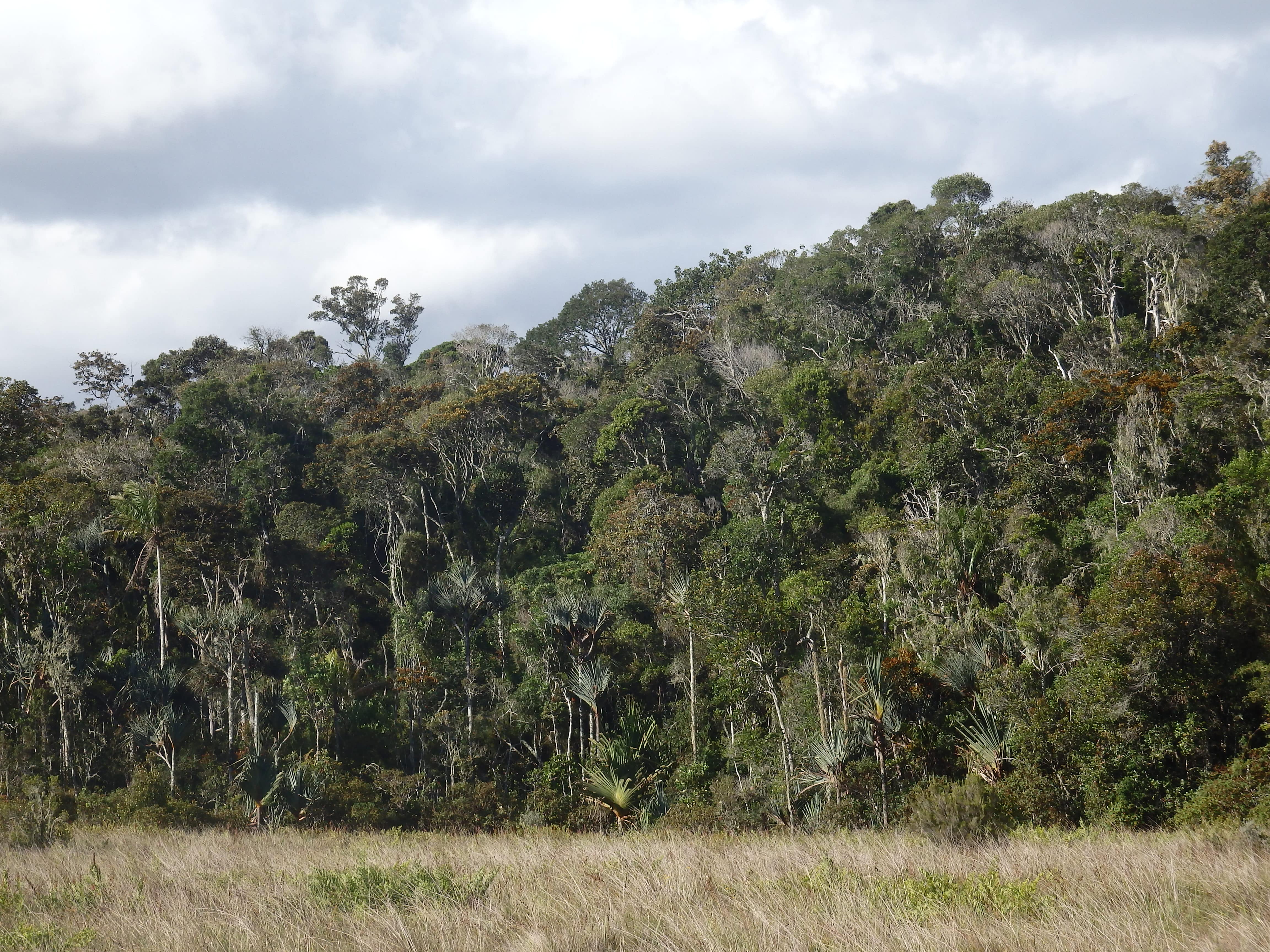
Ambohitantely
On the plan
In the center of Madagascar, Analamanga region, Ankazobe district
VISIT US
Depending on your means of transport :
- Ground Transportation
🚗 Direct access via the RN4
Take the RN4 from Antananarivo or Majunga to reach Firarazana.🛣️ Last few kilometers
From Firarazana, follow the secondary road to the reserve office in Andriakely.
Access is easy by vehicle, with no difficult sections. - Maritime transport
🛳️ No maritime access
- Air transport
✈️ No flight connections
🗓️ When to visit Ambohitantely ?
🌦️ All year round
The Reserve remains accessible in all seasons.🌸 Best time to visit:
November to mid-April – animals are more active, forests are green, and flowers are in bloom.🌺 Flowers & reptiles:
December to April – ideal time to see flowers and easily spot reptiles.🦜 Birding(bird watching):
August to November – to maximize bird sightings.🐒 Lemur watching:
June to November – best time to spot these iconic primates.🌿 Activities available in Ambohitantely
🥾 Hiking
⛺ Camping
🦜 Bird watching
👣 Guided tours
📚 School trips
🚶♂️ Nature excursions🏕️ Reception facilities
⛺ Camping site: With specially equipped tent shelters for researchers
💰 Fees and rates
📄 Consult all rights and rates applicable to the reserve in the reference document below.
ℹ️ Essential information
To fully enjoy the reserve, bring:
👕 Long-sleeved clothing
🔭 Binoculars and telephoto lens for bird watching
🥾 Hiking boots
🧢 Clothing suitable for walking and protection from the sun📜 Rules of conduct
🚫 No touching the animals
🎫 Always have a ticket with you on each visit
👨🏫 Guided tours with a certified guide are mandatory
The circuits
| Tours | Summary | Difficulty | Duration | Tour plans |
|---|---|---|---|---|
| Boucle | Combine the Botanical Trail and the Doany Ampasandoaka Circuit. | Difficult | 02h 30mn | |
| Dypsis décipiens | Here you can observe and contemplate the Royal Palm population, Dypsis decipiens, and give souvenir photographers a romantic view of the landscape. | Average | 30mn | |
| Jardin Botanique | Discover the representative flora of the Ambohitantely forest, including terrestrial epiphytic orchids, and the rich fauna of lemurs, birds, amphibians and reptiles. | Average | 1h | |
| Sentier | You'll find a botanical trail where you can observe the flora, including epiphytic orchids, and the fauna, including birds and primates, before arriving at the 50 m-high waterfall. | Average | 30 mn | |
| Doany Ampasandoaka | You'll discover a botanical trail, lemur territory, the Ampasandoaka doany cultural site and a viewpoint at an altitude of 1,662m. | Average | 2h | |
| Vatobe Antsolatra | Discover the representative flora of the Ambohitantely forest, including terrestrial epiphytic orchids, and the rich fauna of lemurs, birds, amphibians and reptiles. | Easy | 30 mn |




